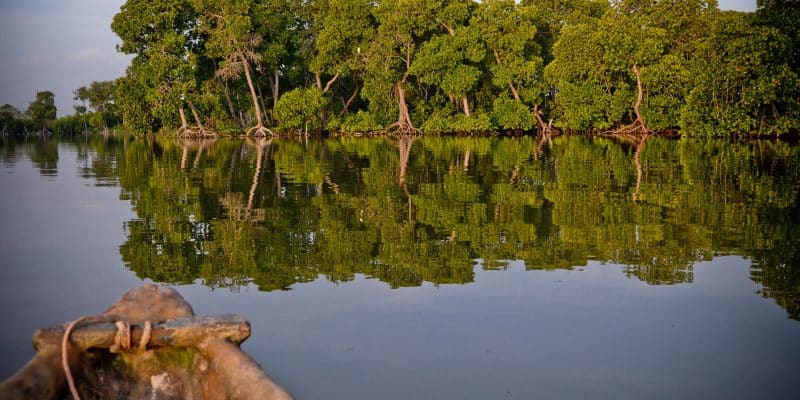With Africa in need of more than $300 billion a year for climate adaptation, policymakers and government officials gathered at a high-level event on the sidelines of the African Climate Summit in Nairobi called for innovative mechanisms to unlock climate finance. The event, co-organised by AfriCatalyst and Open Society Foundations (OSF), explored how the continent can successfully leverage debt-for-nature swaps to finance climate action.
This year, AfriCatalyst has played a leading role in shaping the climate change debate on the African continent. The pan-African development consultancy, based in Dakar, Senegal, publishes weekly analyses of climate-related policies that offer guidance to investors, policy-makers and media professionals. At a high-level event co-organised with the Open Society Foundations on the sidelines of the African Climate Summit in Nairobi, Kenya, AfriCatalyst launched its flagship policy paper entitled “Scaling up debt swaps for climate and nature in Africa”.
The paper explains how the continent can restructure its debt to align with the Sustainable Development Goals (SDGs) and climate resilience, presenting a win-win situation for both foreign creditors and African nations. The Executive Vice President of Finance and Banking at the African Export-Import Bank (Afrexim Bank), however, emphasised the key role played by multilateral development institutions in providing guarantees, attracting foreign investors and financing the early stages of implementing debt-for-nature mechanisms. Denys Denya emphasised the bank’s commitment to working with relevant stakeholders to address the climate issue.
“The African Export-Import Bank has set aside $500 million to help with climate projects. The private sector considers certain climate projects to be risky. The public sector cannot finance these projects on its own. By providing concessional finance, grant finance and guarantees to investors to look at projects differently”, he said.
The debt-for-nature mechanism was cited as one of the climate financing models on which agreements would be reached at the first African Climate Summit. The organisers announced agreements worth several hundred million dollars.
Read also-AFRIQUE : des accords dette-nature, annoncés pour le premier Sommet sur le climat
The debt-for-nature swap is often presented as a technique for relieving the debt of developing countries. It involves extending payment terms, reducing interest rates, granting new loans at lower rates than conventional and even cancelling debts. This technique, invented by the American biologist Thomas Lovejoy, considered to be the godfather of biodiversity, ultimately consists of exchanging part of the foreign debt for local investments aimed at protecting the environment.
The debt-for-nature swap is one of the innovative mechanisms that experts are recommending to unblock climate financing in Africa. “It can’t be business as usual – we have to innovate. We need to create a Triple A of climate finance: Adaptability, Affordability and Accessibility of climate finance. I believe that adaptation and mitigation can go hand in hand”, said Ibrahima Cheick Diong, Under-Secretary-General of the United Nations and Director General of the African Risk Capacity Group (ARCG).
According to AfriCatalyst, Africa needs more than 300 billion dollars a year for climate adaptation.
Boris Ngounou






